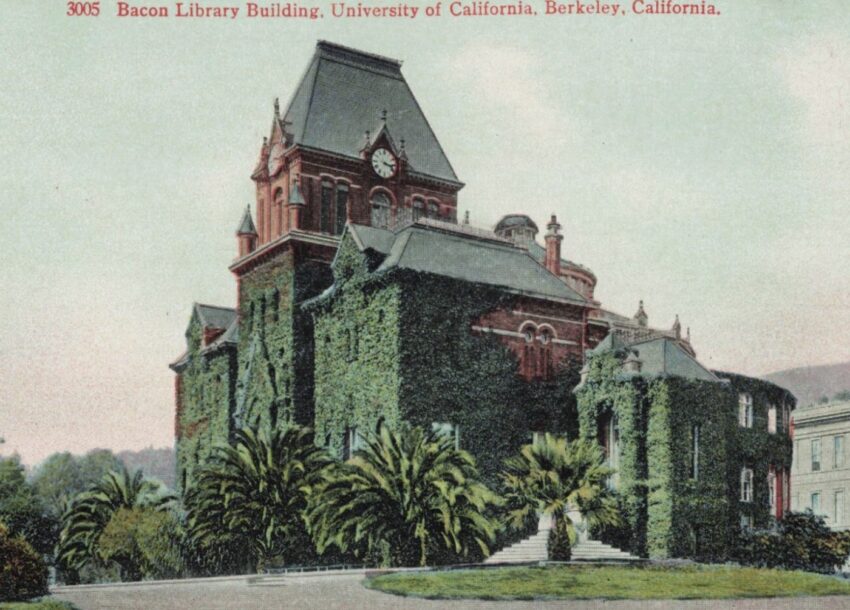A Century-Old Proposal: Berkeley’s Missed Opportunity for a Waterfront Airport
In many years of researching and writing this column, one consistent theme I’ve noticed is the repeated enthusiastic push to establish some new trendy development in Berkeley—ideas which, if realized, might have had unforeseen repercussions far into the future. An October 23, 1925, front-page story in the Berkeley Daily Gazette offers a vivid example.
“Captain Stanford E. Moses, commander of the air force of the Twelfth Naval District, has arranged to inspect the fill next week with City Manager John N. Edy. The field location is directly opposite the Golden Gate and could serve as a landing field for Navy planes as well as Army planes. It might be developed as a landing place for commercial planes being handy to automobile and rail transportation,” the article reported.
The piece noted that Capt. Moses had lived in Berkeley for six years but was being reassigned to the East Coast. His suggestion was “one more attempt to have the city obtain a landing field as Oakland and Richmond have done.” The following day, City Manager Edy said he would ask the Berkeley council to authorize an attempt to buy 13 acres of fill land on the waterfront for $2,000 each, with the prospect of developing an airport there.
Capt. Moses also indicated he would bring officers of the USS Langley to assess the suitability of the fill for airplane use.
Would Berkeley Have Been Better Off With a Waterfront Airport?
This raises the question: would Berkeley be better off today if its waterfront had been developed into an airport a century ago? My view is no. In 1925, the scope, complexity, and impact of airports were not yet fully understood. A regional airport operating on Berkeley’s waterfront would present huge challenges today — economically, environmentally, and in terms of community impact.
“Tower Totaled”: The End of Bacon Hall’s Bell and Clock Tower
In the same era, UC Berkeley officials decided to remove the tower of Bacon Hall because it was “not in ‘architectural conformity’ with the rest of the buildings,” according to the Gazette.
The article also noted that the tower had developed cracks and was considered an earthquake hazard. The demolition order was issued on October 26, 1925, to the superintendent of grounds and buildings.
Many readers may be surprised to learn that the campus had a prominent bell and clock tower on Bacon Hall starting in 1878—nearly 25 years before the iconic Campanile was conceived. When the Campanile was completed in 1915, it stood directly in front of Bacon Hall and was aligned with the western view axis down what is now Campanile Way.
For a decade, from 1915 to 1925, the campus boasted two adjacent bell and clock towers. After the old brick tower was removed, Bacon Hall, which was originally the university library building, remained for nearly another half-century until it was eventually torn down to construct the present-day Birge Hall.
Bay Area native and Berkeley community historian Steven Finacom holds the copyright to this column.
